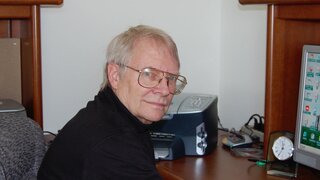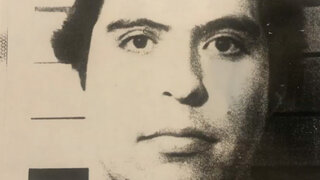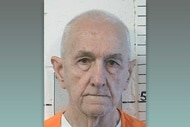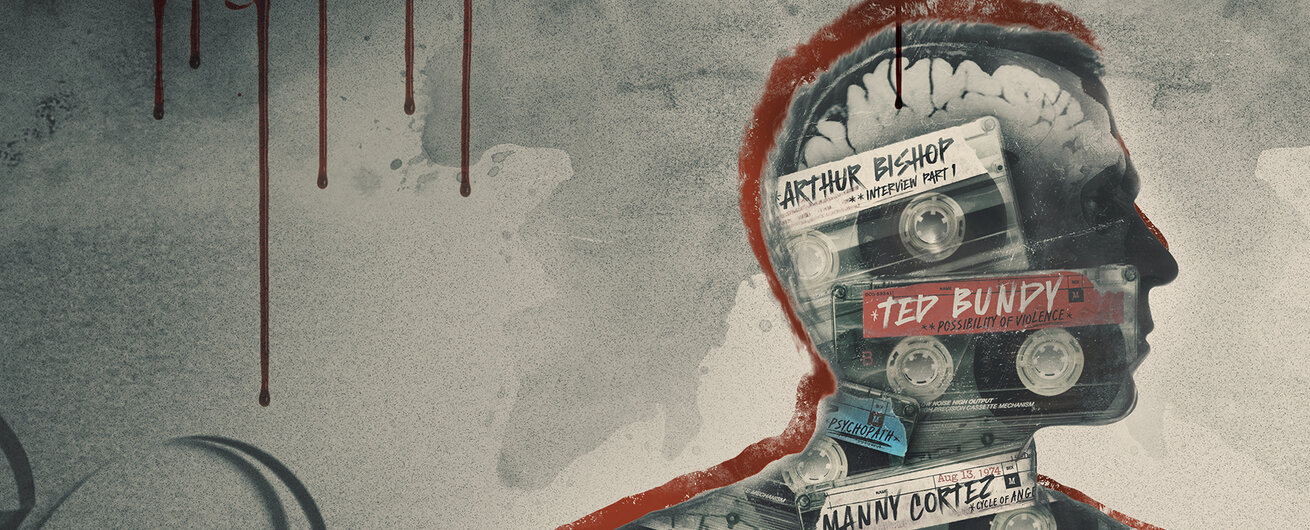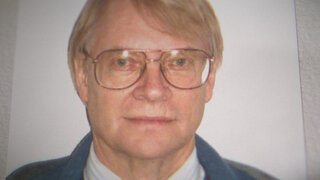Create a free profile to get unlimited access to exclusive videos, breaking news, sweepstakes, and more!
Professor Shares How Deep Dive Into Ted Bundy’s Past Revealed His Propensity For Violence
Ted Bundy performed well on standard psychological tests during a 1976 evaluation, but one clever psychologist decided to dig deeper into Bundy's past to uncover the truth.
In 1976, Utah State Prison psychologist Dr. Al Carlisle was tasked with determining whether Ted Bundy had a propensity for violence.
The charming and elusive serial killer performed well on the standard psychological assessments – but it wasn’t until Carlisle took a deep dive into Bundy’s past that he discovered there may be more hidden under the surface, according to “Violent Minds: Killers on Tape.”
While Bundy was executed in 1989 after confessing to killing 30 women, Carlisle’s innovative work is still being used in criminology classes today.
“I use the 1976 assessment that Carlisle did of Ted Bundy at the Utah State Prison in my graduate course on behavioral criminology, because it’s a great way to show, first of all, how a forensic psychologist works in a prison system,” Katherine Ramsland, professor of forensic psychology at DeSales University told Oxygen.com’s Stephanie Golmulka. “Secondly, to show the assessments and what they can reveal. But also to show that the assessments could cover up what’s really going on.”
While Ramsland said the psychological assessments are “great tools,” Carlisle felt with Bundy they “don’t go far enough.”
“He ended up having to do a very extensive interview with all different kinds of people who knew Bundy, and only then did he get a chance to see the doubleness that Bundy lived,” Ramsland explained.
At the time of the evaluation, no one knew that Bundy had targeted and killed countless college co-eds across the pacific northwest. He had only been convicted of the 1974 kidnapping of Carol DaRonch. Despite the conviction, Bundy – and many of the people who knew him – insisted the charming aspiring attorney was innocent.
It was Carlisle’s task to determine whether Bundy had the propensity for violence before a judge handed down his sentence. In addition to the traditional psychological assessments, Carlisle made the unusual move at the time of interviewing multiple people from Bundy’s past.
“He would interview people who would say nothing but good things about Bundy, and then he’d find a girl that Bundy was, you know, cheating with, on his other girlfriend,” Ramsland told Oxygen.com. “He’d find a landlady who thought he was deceptive and a thief. And so only by getting that multidimensional sense, by interviewing people who knew Bundy, did Carlisle come up with what he thought was an accurate report that the tests alone would not have done.”
Even in today’s world, Ramsland believes that’s an important message for criminology students to understand.
“You can’t just use a test and think a test score is going to tell the whole story. If you’re trying to do something like a risk evaluation, which Carlisle was doing — is this guy going to be dangerous in the future if we let him out? That’s a pretty important thing to be able to do accurately,” she said. “If you can get a deep portrait of somebody by doing this kind of work, you’re going to have a very valuable product.”
Carlisle spent decades interviewing serial killers, murderers and rapists to try to understand the violent mind, but his interest was first peaked after talking to Bundy.
“Ted Bundy shows up in the Utah State Prison in 1976 on a 90-day hold and Doc’s team has to assess if Ted Bundy is violent. Now, remember, at this time, he has not been arrested for any murders. It’s just the kidnapping of Carol DaRonch,” his long-time assistant Carrie Anne Drazewski-Keller told Oxygen.com. “As it went on, they became what you would call friends.”
Carlisle kept up with Bundy through letters and phone calls, even after Bundy was moved to different prisons, and continued to study what made him a killer. He also gathered information from other violent offenders who passed through the Utah State Prison.
“Other killers came into his life via work and some of them writing them, writing him, saying, 'What happened to me? Can you help me figure it out?'” Drazewski-Keller said. “So, there were a lot of forces on Doc to figure out the system of how a child develops into this creature that could have been a happy child.”
Carlisle devoted his career to trying to determine how society could prevent people from becoming killers and believed the key was in understanding what made them tick.
“When Carlisle would talk to serial rapists, serial killers, people who seem to be able to present a facade of normalcy and while at the same time they’re committing these heinous crimes, he was curious about the psychological process for that,” Ramsland said.
Although Carlisle died in 2018 at the age of 81, recordings from his ground-breaking interviews serve as the basis of Oxygen’s “Violent Minds: Killers on Tape,” which explores some of his most interesting cases.
As for Bundy, he was given a 15-year-sentence for DaRonch’s kidnapping in Utah, but was transferred to Colorado soon after to be tried in the murder of 23-year-old Caryn Campbell. While in Colorado, Bundy escaped from custody twice, heading to Florida the second time, where he carried out a bloody massacre on the women of the Chi Omega sorority house and killed 12-year-old Kimberly Leach before his arrest a final time.
Bundy was convicted in Florida for the crimes and sentenced to death. Before his execution in 1989, he admitted to killing at least 30 women.

